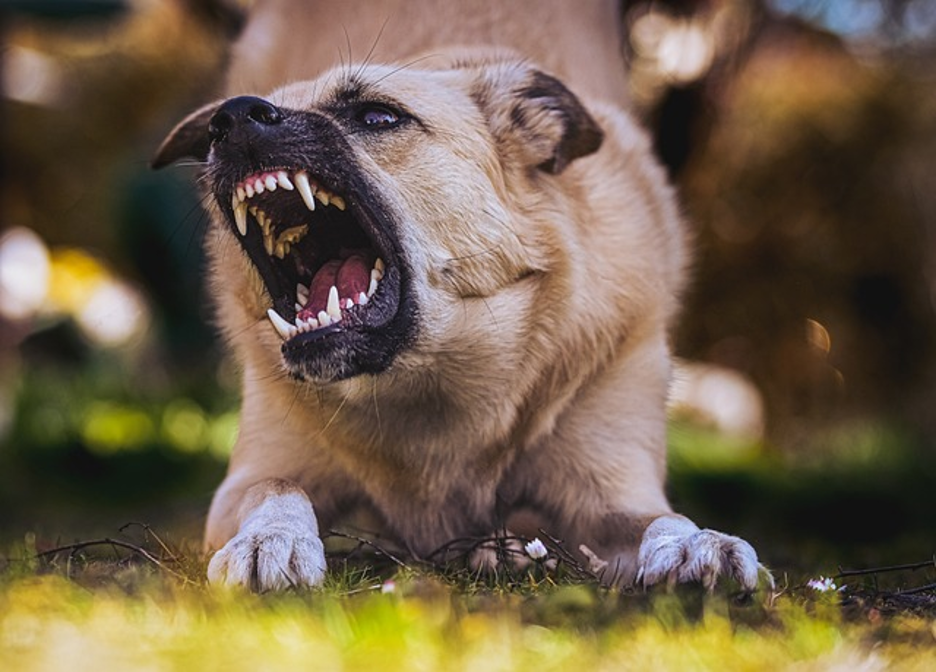Getting bitten by a dog can be one of the most terrifying and painful situations you’ll encounter. Even if it’s your pet or a pet you know well. Dog bites are a serious business. Many people don’t realize they can cause physical wounds that may become life-long complications and emotional distress for everyone involved. It’s important to take action immediately if a dog bites you or someone else. We have some advice on what steps to take following a bite so that proper medical attention and treatment can be obtained. Keep reading for more information to protect yourself and help others if there is an unfortunate incident.

1. Contact a Personal Injury Lawyer for Help
Dog bite cases can involve complex legal issues, and having a knowledgeable professional can help protect your rights and ensure you receive the compensation you may be entitled to. A lawyer specializing in dog bite cases can guide the legal process, including evaluating your case, gathering evidence, and advocating.
When you contact a lawyer, they will assess the circumstances surrounding the dog bite, including the extent of your injuries, medical expenses, lost wages, and any emotional distress or pain and suffering you have endured. They will help determine if you have a valid claim against the dog owner or another party responsible for the incident. An experienced personal injury lawyer can navigate through insurance claims, negotiate settlements, or pursue legal action if necessary. Their expertise in handling dog bite cases can significantly increase your chances of obtaining fair compensation for injuries and other losses resulting from the incident.
2. Immediately Clean the Bite With Soap and Water
Bites can cause discomfort and even be dangerous if not treated properly. Whether a mosquito or a dog has bitten you, the first step is to clean the bite with soap and water immediately. This helps prevent infection and can reduce any swelling or redness that might occur.
It’s important to wash the bite thoroughly and get any dirt or debris out of the area. To clean the wound:
- Use warm water and antibacterial soap.
- Gently rub the area with a soft cloth for several minutes to get rid of any bacteria or dirt that may be present.
- Rinse off the soap and pat dry with a clean towel.
3. Seek Medical Attention Right Away
Bites, even the seemingly harmless ones, can cause serious health problems. That’s why it’s essential to seek medical attention immediately after a bite, no matter how small it may seem. While some bites may not present visible symptoms or cause much pain, they could still carry harmful bacteria, resulting in severe infections or even worse. Seeking medical care right away also ensures that your doctor can assess the severity of your bite and administer appropriate treatment.
Even if you’re unsure whether your bite is serious, it’s always better to err on the side of caution and have it checked out by a professional. Remember, it’s better to be safe than sorry. Depending on the severity of the bite, they may recommend medications to help reduce pain and inflammation or other treatments, such as stitches to close the wound.
4. Confirm That the Dog is Up to Date on Its Vaccinations
As a victim of a dog bite, it is crucial to confirm whether the dog that bit you is up to date on its vaccinations. Vaccinations, such as rabies, protect the dog and individuals who come into contact with it. Rabies is a serious viral disease that can be transmitted through animal bites and poses a significant health risk to humans. By ensuring that the dog is vaccinated against rabies, you can gain peace of mind knowing that the likelihood of contracting this potentially fatal disease is significantly reduced.
Confirming the dog’s vaccination status can be done by obtaining information from the dog owner or, if possible, by checking the dog’s veterinary records. If the dog is not current on its vaccinations or its vaccination status is unknown, it is essential to seek immediate medical attention. A healthcare professional can assess the infection or disease transmission risk and determine the appropriate course of action, including post-exposure prophylaxis for rabies or other preventive measures. Taking this step promptly is crucial to ensure your health and well-being after a dog bite and to address any potential risks associated with infectious diseases.
5. Take Photos of the Bite and Any Other Related Evidence
When you’re involved in an incident that results in a bite, it’s important to document any evidence related to the incident as thoroughly as possible. This can help you with any potential legal proceedings or insurance claims. One crucial piece of evidence to capture is a photo of the bite itself.

Make sure to get as clear and close-up a shot as possible to make any marks or injuries visible. Use a macro lens or zoom in for the best results. Take photos of any other evidence at the scene, such as the dog, its owner, and any witnesses present. This can be invaluable during legal proceedings or insurance claims and help to record the event accurately. By carefully documenting the evidence, you can help ensure that your side of the story is fully represented if you need to seek compensation or other forms of redress.
6. Notify Your Local Authorities
It’s important to alert the local authorities of an incident involving a bite, as they may need to take action to protect other individuals in the community. Depending on the specifics of your situation, they may be able to investigate the incident and take steps to ensure public safety.
Be sure to follow their advice on what you should do next. They may refer you to the appropriate medical authorities or suggest filing a report with the police. It’s important to act quickly and follow their instructions to ensure your safety and the safety of others. By working with the local authorities, you can take steps to protect yourself and others from future bites or other incidents involving animals.
Dealing with a dog bite can be an unpleasant and sometimes even traumatic experience. It’s important to take the appropriate steps as soon as possible to ensure your safety and well-being, both in the immediate aftermath of the incident and in the long term. By carefully following these steps, you can help protect yourself and others from further harm or infection.



